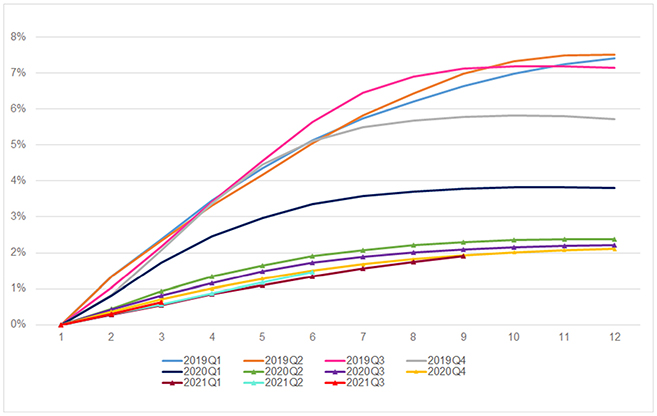Free signup for more
- Track your favorite companies
- Receive email alerts for new filings
- Personalized dashboard of news and more
- Access all data and search results
Content analysis
?| Positive | ||
| Negative | ||
| Uncertain | ||
| Constraining | ||
| Legalese | ||
| Litigous | ||
| Readability |
H.S. junior Avg
|
|
New words:
abroad, abuse, AI, alleviate, ambiguity, analogy, anonymized, archive, ASUNo, autonomously, Avenue, bilateral, block, book, bribery, brokeage, bundling, Calder, caseation, comment, complicated, conservancy, conservation, constant, crack, Cracking, culpability, cult, Debenture, deception, decryption, defiance, delete, deleting, destroyed, destruction, diplomatic, directionally, disallowed, divulge, divulged, edge, embezzlement, endanger, exact, excessive, fintech, freestanding, gambling, grace, ground, hearing, Heifei, hierarchical, Hui, hundred, ID, illustration, inInternal, injecting, inRule, instant, intercompany, interference, interfering, intruding, irrelevant, itsbehalf, jeopardize, Kneron, legitimate, livelihood, logo, maliciously, military, multilateral, NaNl, NDRC, neutral, noasset, NY, offending, Omicron, onshore, ordinarily, oversea, pornography, predetermined, processor, prompted, push, pushing, red, repeatedly, rescission, Russia, scattered, secrecy, Senate, site, socialist, societal, society, solvent, sorting, sound, spring, stack, stranded, strive, Subtopic, subversion, superstition, suspicion, swap, tampered, task, telephone, thousand, Tianxia, transmit, transmitted, transport, transportation, troubled, undisclosed, unopposed, uptick, variant, waiver, water, zepp
Removed:
allocable, APR, aPublic, arose, Arthur, ASIFI, Baihang, bar, big, categorizing, channeled, circumstanced, collectible, commence, consultation, contingency, copied, Dantchik, defendant, defer, deficit, demonstrate, deregistration, directed, discover, documentation, equaled, extreme, featured, feedback, flexible, formally, highlight, impasse, incidental, informing, judge, lessee, lessor, LLLP, massive, opening, opting, Orange, personally, preference, promptly, realize, reassessment, reclassification, reinforce, releasedCircular, rent, responsive, resumption, retrospectively, reversal, scheduling, secondary, shown, SIG, sketched, sought, spent, statute, Street, subscribed, Tabular, Targeted, theAdministrative, theArrangement, theCatalog, theCircular, theDecision, theForeign, theGuidance, theInterim, theNotice, theprc, TheSeveral, undertaken, unsuccessful, visiting, Washington, WeChat, weight, Wilmington, Zhongyisheng
Filing tables
Filing exhibits
Associated FINV transcripts
FINV similar filings
Filing view
External links

